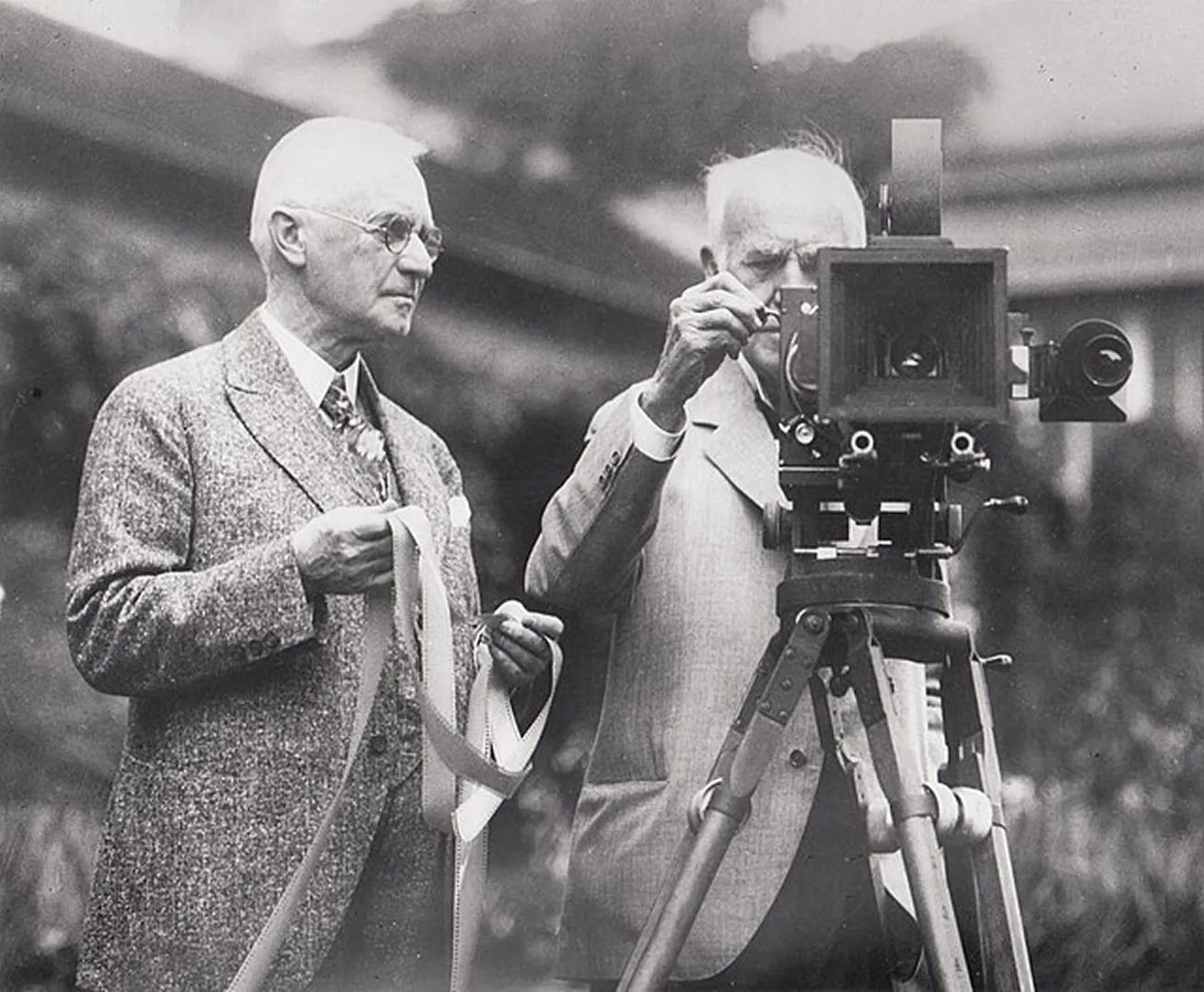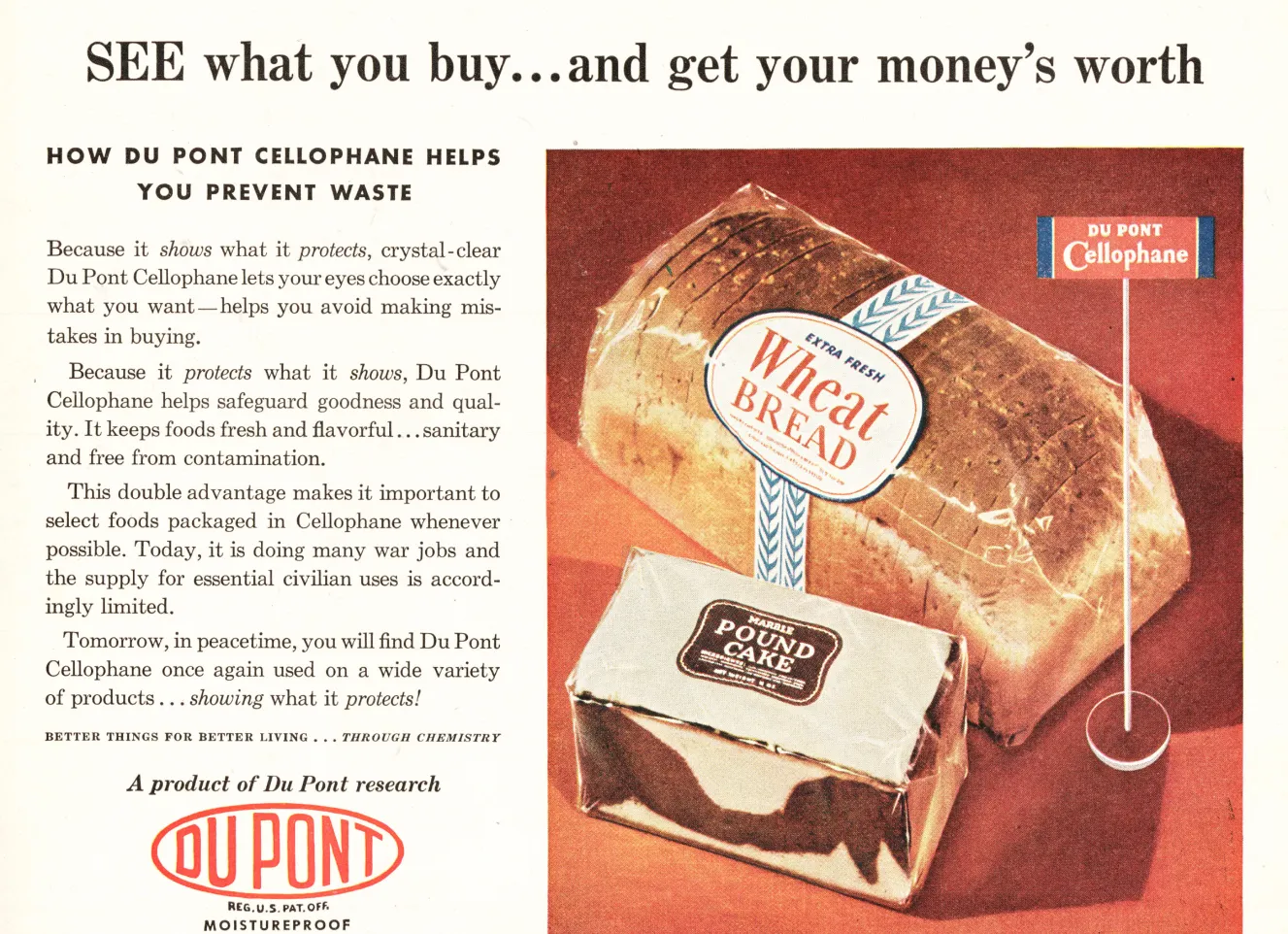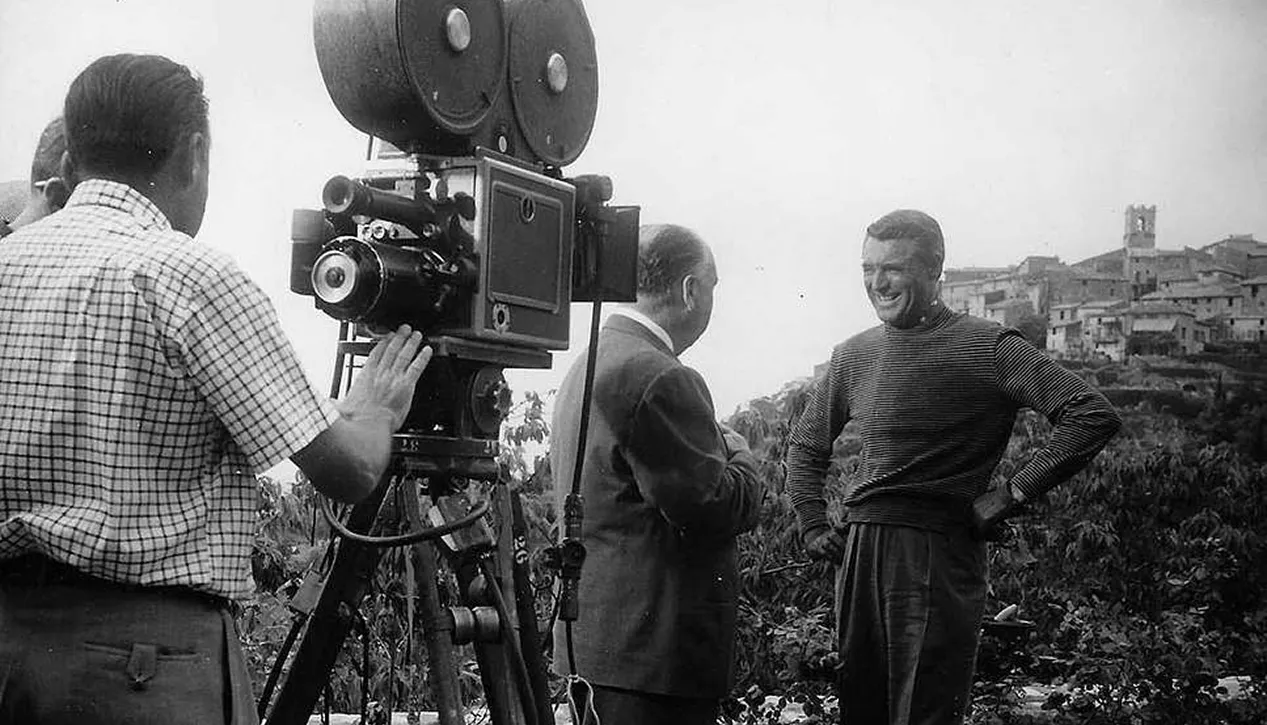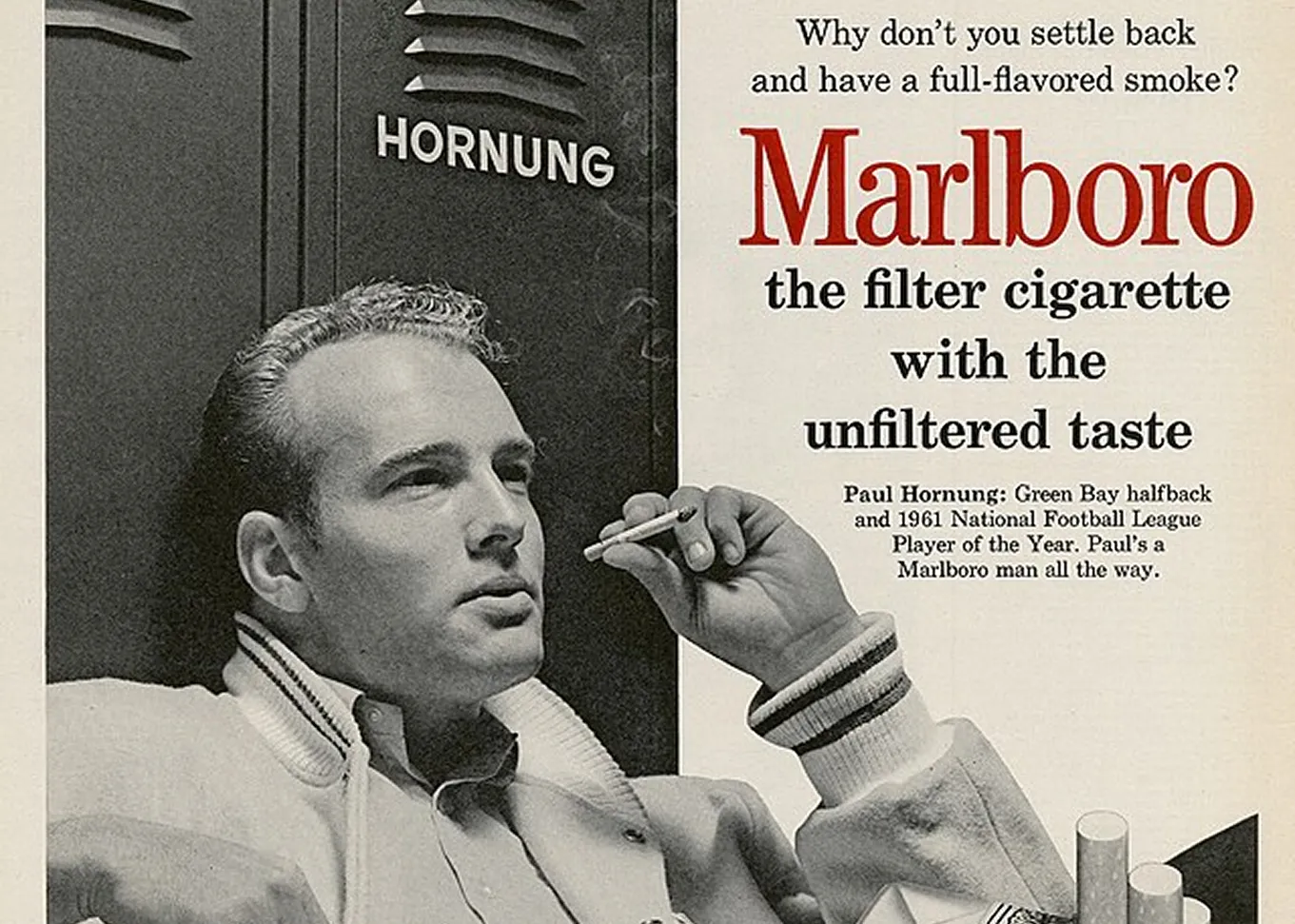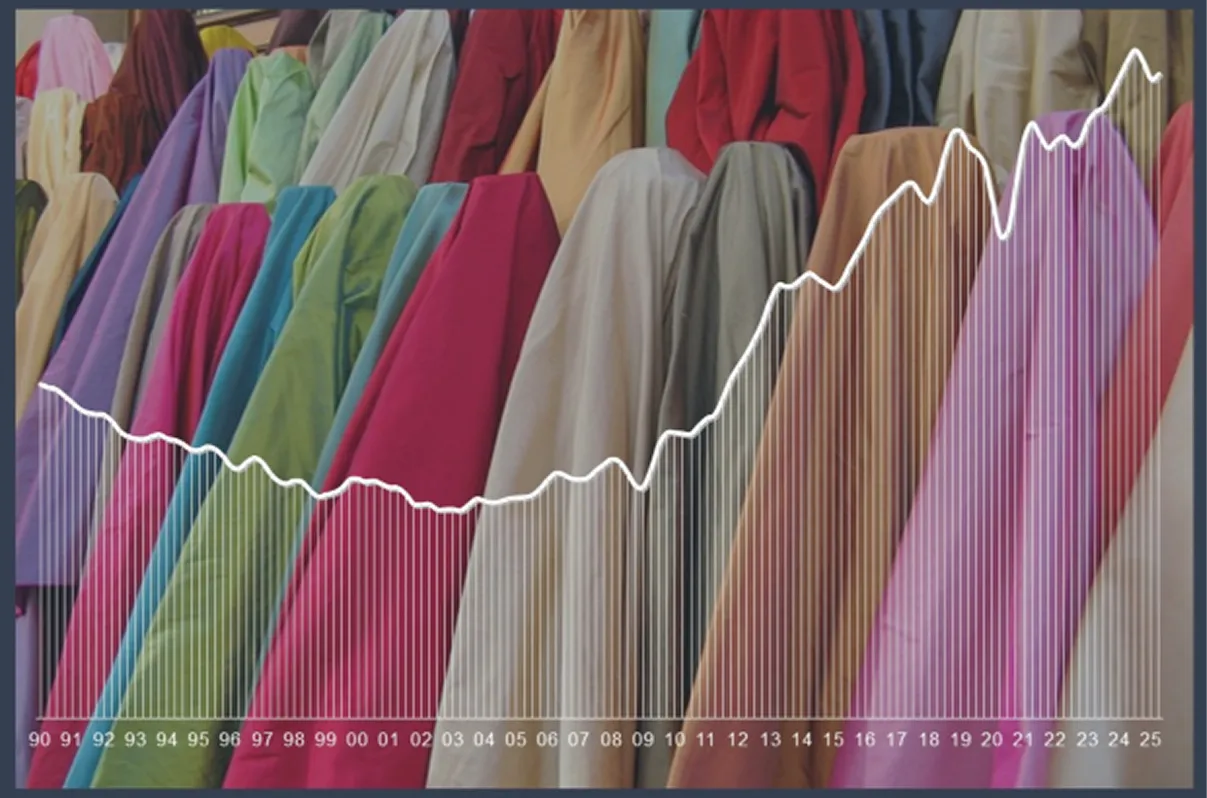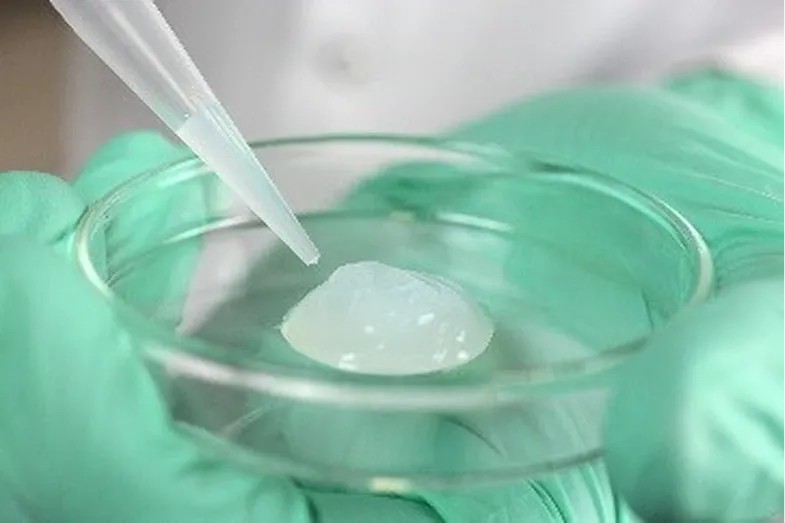The History of Biomaterials
Cellulose-based biomaterials, derived from wood and cotton, have shaped our world in remarkable ways. From the first manmade plastics and photographic films to today’s versatile textiles, packaging, and electronic applications, this timeline highlights their fascinating history of innovation.




